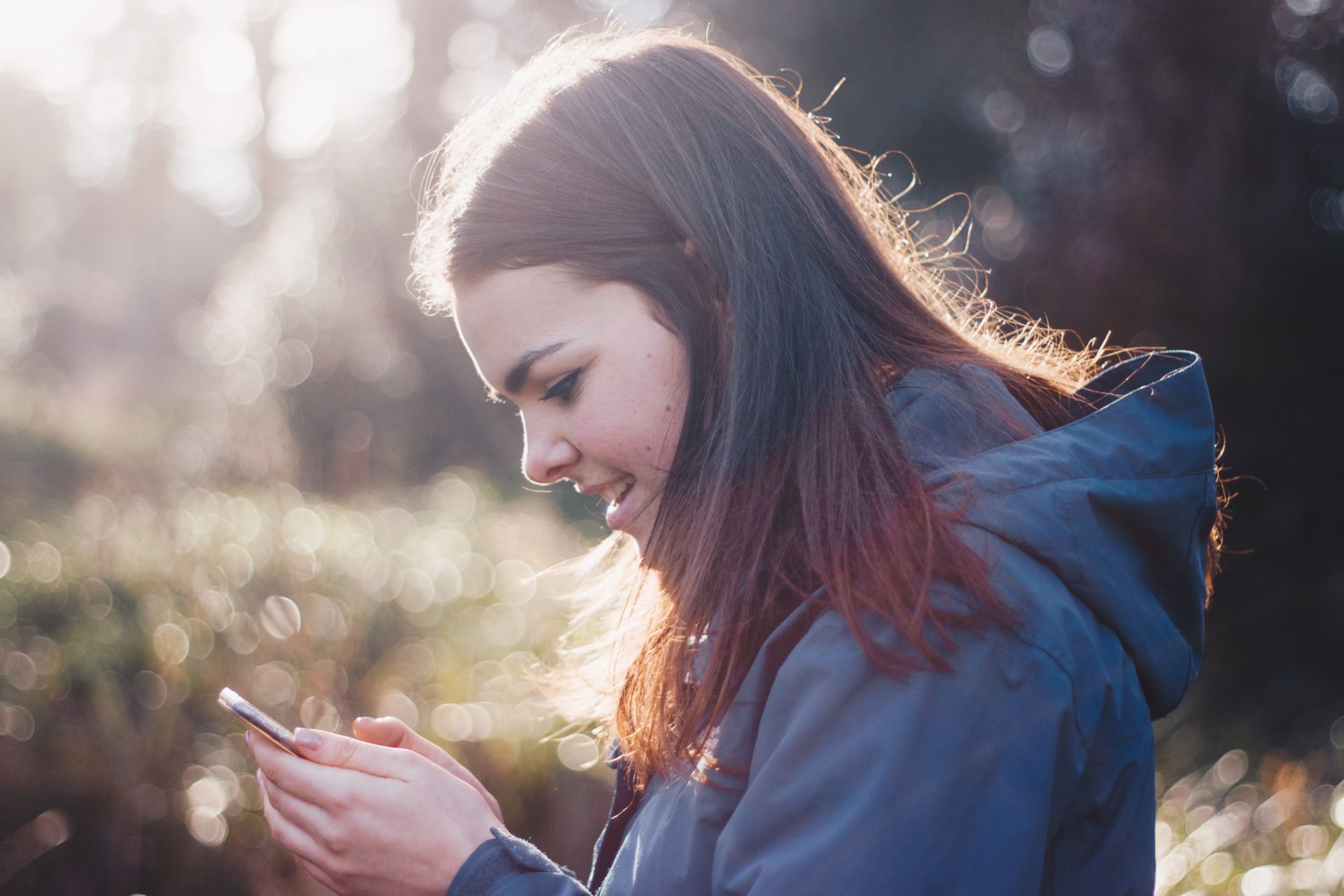
How to understand the use of media and Internet of young people
Media is part of the environment of the 21st century children and young people. Media is for young people:
- entertainment and experiences
- information provider, learning tool, and learning environment
- societal influencer
- sculptor of worldview and self-image
- provider of behavioural patterns and communal experiences
- arena of presence and self-presentation.
Parents need skills to discuss media
Children and young people have the right to be protected from content that is not yet suitable to their age or development stage. Parents need skills to discuss media and the models it provides with children and young people. Conversation and parental presence are also needed when a reported event worries or upsets children or young people.
Media skills are civic skills of the digital age. Parents and young people should discuss media values and ethical principles. It is important to:
- know how to use media
- be able to interpret media messages critically
- be able to express yourself through media, and
- understand the nature of publicity.
Parents should know about the young people’s use of the Internet and social media
Young people’s favourite sites are about meeting, discussing, adventuring in the virtual world and being presented through photos. Parents should look at the photos with the young people and discuss what types of personal information and photos can be put on the Internet.
Young people can be guided to act on the Internet in the same way as they would on the streets of a large, unfamiliar city:
- How much of their personal business would they shout out on the street?
- Would they share their phone number with every by-passer?
- Would they wear revealing clothing?
- Would they tag along with just anyone?
- Which side streets would they take without a map?
It is important for the adults to know what kinds of online communities and forums their own children or adolescents are members of. Not all online communities are safe or acceptable – abuse also occurs. In addition, people whose interests or motives do not stand up to scrutiny find support or targets through the Internet.
Abuse
It is important for the parents to be aware of the dangers of the Internet and to discuss them in the family. There is a lot of good information and entertainment online, but also sites containing lies and junk, as well sites that contain violence and pornography and evoke anxiety and false mental images.
It is the parents’ job to monitor the use of the Internet by children and young people and to establish common rules for the use.
Bullying also exists in the online world
As the use of information technology becomes more widespread, the downsides of social interaction have gone online. Different forms of bullying also exist online.
What does it mean if someone ‘trolls’ or ‘folls’ in social media? Parents may occasionally find it difficult to understand the world of young people when even a common language is lost.
Name-calling and false rumours about others take place in online communities, and secretly captured photos of others may end up on websites. Snooping on or acquiring others’ passwords entices to impersonate as someone else in the communities, or to hijack online game characters. Young people may not consider their actions as wrong on the internet as they would in the real world.
A new online acquaintance may also be using a false name and identity. Adults with dubious motives may well be hiding behind the smokescreen of online anonymity. Misleading a young person and sexual implying or harassment online is both possible and easy under a false identity. According to the 2011 School health survey, girls are significantly more likely to be subjected to all types of online harassment than boys, including name-calling and sexual implications.
It is important for the parents to guide the young people in order to protect their identity on the Internet, and also to discuss what kind of photos they are putting on the Internet. Anyone can save the photos for themselves, and they cannot be deleted from sites other than those they have created themselves. Children and young people need safety skills also online.
Authors: Parenting Experts, the Family Federation of Finland
